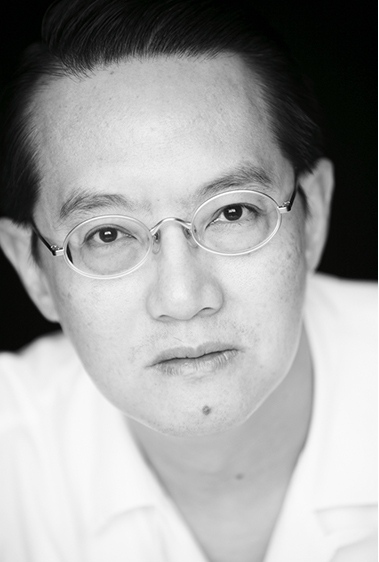Soft Tisue fillers to reshape the nose is an important technique both for Asian as well as Caucasian noses. Hyaluronic acid fillers which can be easily dissolved if the result is undesirable are prefered, Techniques for administration vary from droplet technique using a sharp needle to linear withdrawal technique using a cannula. This author uses a 30G sharp Needle for all nasal enhancements and reshaping, staying deep on the bone and always in the midline where there is a vascular watershed. The only area away from the midline is at the junction of the nose with the medial brow where fillers are placed to elicit a smooth naso-orbital line.
In the Asian nose, augmenting the nasal dorsum is the most common request. Injections are delivered from the nasion along the dorsal border down to the supratip area with the needle perpendicular to the skin and injecting whilst withdrawing to create multiple structural columns of filler extending from the bone to the subcutaneous plane. This minimises lateral migration and swelling of the filler and avoids a bloated appearance. To give greater tip projection, the same 30G needle is entered through the tip and pushed through the columella down to the anterior nasal spine to create a column of filler that simulates a columellar strut graft. Finally a small amount of filler is placed intradermally at the tip projection point to give additional tip definition.
In Caucasian noses, fillers are used to smoothen out dorsal irregularities, elevate drooping tips as well as to enhance the nasion/glabellar region which invariably loses volume with aging and repeated action fo the procerus and corrugator muscles. This restores an aesthetic coninuity with the lower forehead and supraorbital ridge.
Microbotox is the injection of multiple microdroplets of diluted OnabotulinumtoxinA into the dermis or the interface between the dermis and the superficial layer of facial muscles. The intention is to decrease sweat and sebaceous gland activity to improve skin texture and sheen as well as to target the superficial layer of muscles that find attachment to the undersurface of the dermis causing visible rhytides. For treatment of the lower face and neck, hundreds of microdroplets of diluted Botox are injected into the dermis or immediate subdermal plane to improve skin texture, smoothen horizontal creases and decrease vertical banding of the neck as well as achieve better apposition of the platysma to the jawline and neck, improving contouring of the cervicomental angle.
The Microbotox solution is mixed in the syringe by adding a small volume of lidocaine to the calculated dose of onabotulinumtoxinA drawn from a standard bottle of Botox prepared with 2.5cc saline. Each 1ml syringe of Microbotox solution contains between 20-28 units of OnabotulinumtoxinA per ml of solution and is used to deliver 100-120 injections . The lower face and neck will usually require 1cc per side. The injections are delivered intradermally using a 30 or 32G needle raising a tiny blanched weal at each point
The author has over 1867 documented cases of Microbotox in various parts of the face (forehead, glabellar, crowsfeet, infraorbital and cheeks) and neck, the majority of these patients being treated in the forehead or the lower face and neck.


